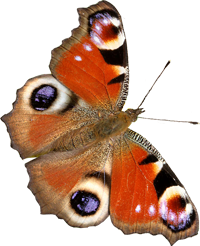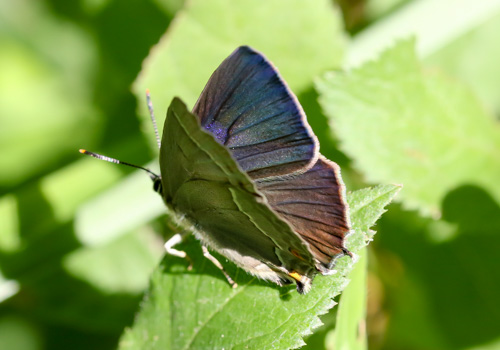
Geneva, Switzerland, June 2022
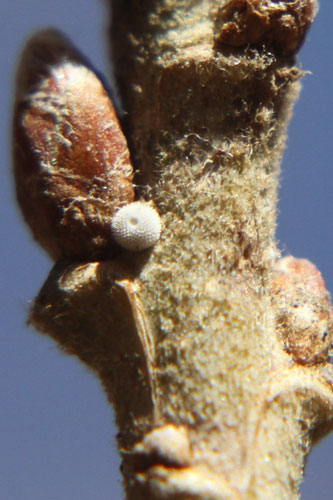
Valais, Switzerland, February 2012
Field notes and information
This is a hairstreak of oak and scrub oak forests. It is widespread and can be abundant on occasions. Typically, adults stay high in the trees, but they do rest lower down, particuarly when searching for shade on very hot days or to feed on honeydew left by aphids.
Identification & Similar species: No other species is similar. The uppersides show a striking irredescence, which in the male covers most of the upper surface. This is rarely seen though as wings are usually kept firmly closed.
Distribution & Flight: Throughout Europe and north Africa, but absent from much of Scandinavia and the deserts. It flies in a single generation, from June to September.
Habitat & Behaviour: Frequents oak forests - scrub oaks in hot locations, large oaks in more temperate forests further north. They can be very common on occasions. I've seen hundreds gathering in the cool conditions low down on oak trees beside a river in Greece in very hot weather.
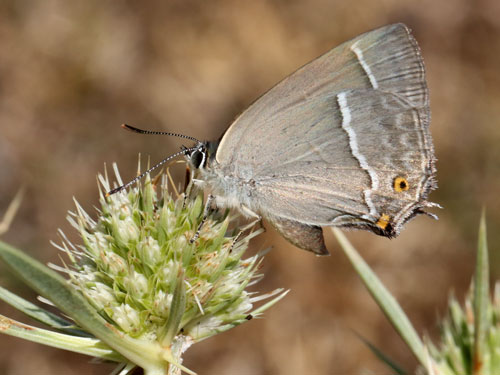
Gennargentu, Sardinia, Italy, July 2015
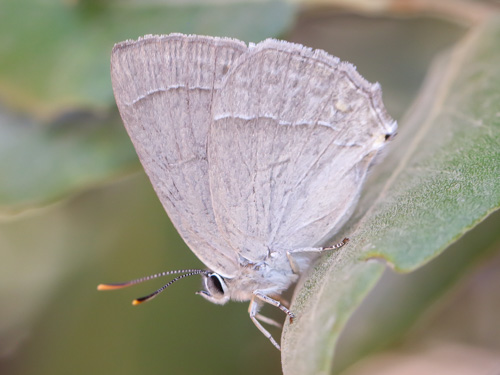
Middle Atlas, Morocco, August 2019
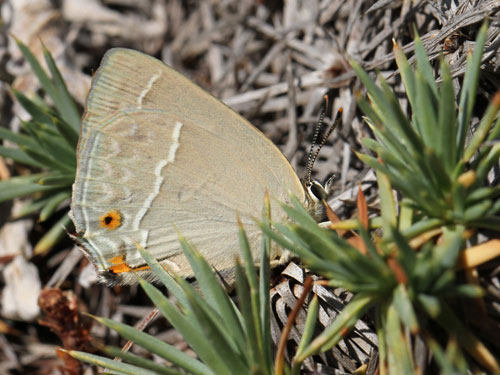
Peloppensos, Greece, June 2013
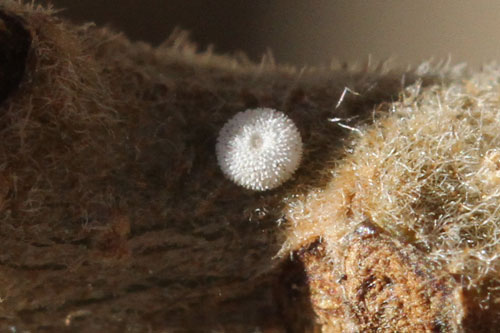
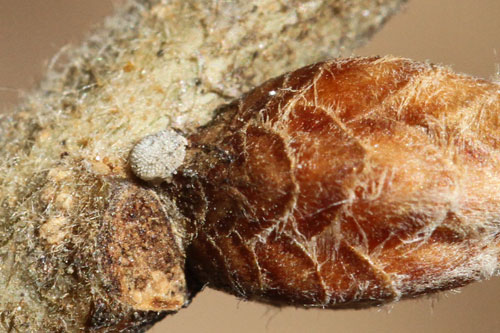
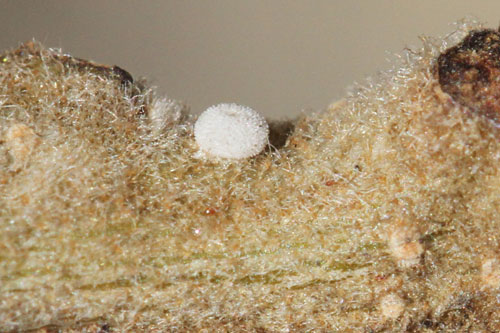
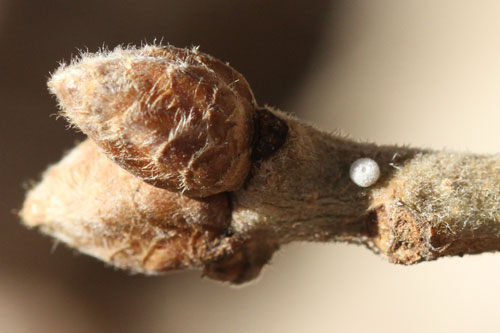
Valais, Switzerland, February 2012
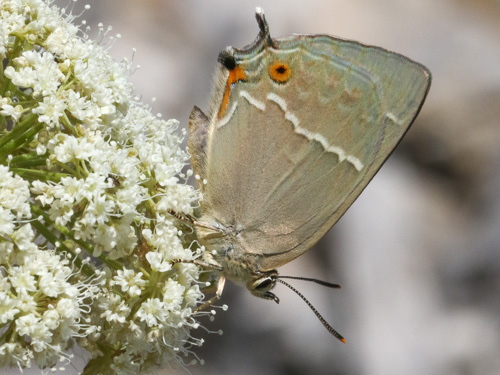
Samos, Greece, June 2018
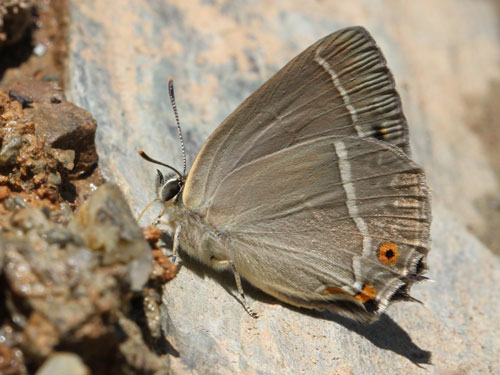
Peloppensos, Greece, June 2013
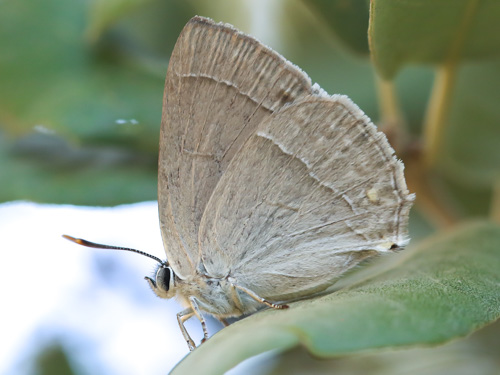
Middle Atlas, Morocco, August 2019
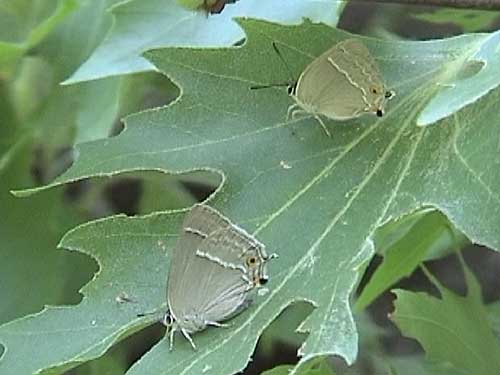
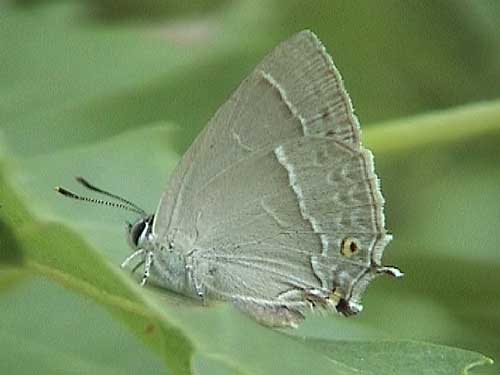
Macedonia, Greece, July 2000 (m)
This group of oak trees in Greece were covered in many dozens of quercus taking shade from the sun in very hot conditions.
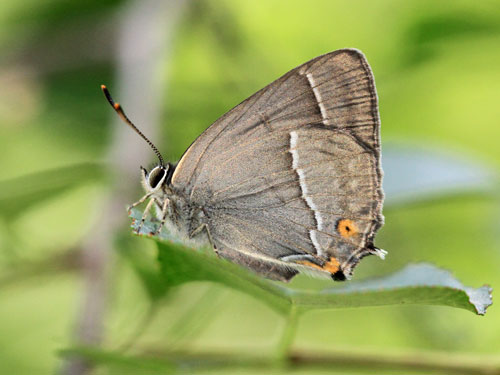
Valais, Switzerland, June 2012
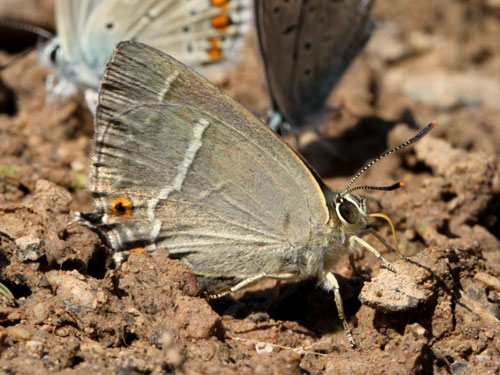
Peloppensos, Greece, June 2013
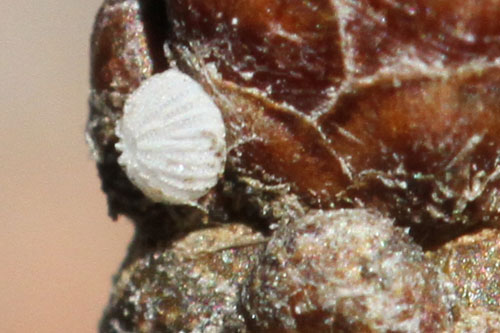
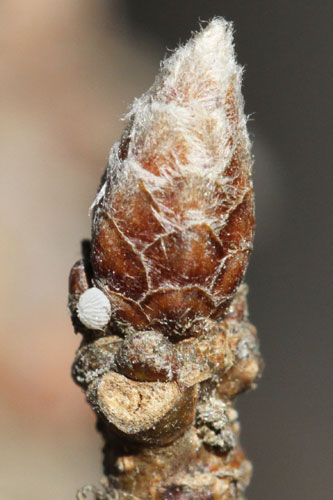
Valais, Switzerland, February 2012
Photographed on the same trees as some of the other eggs shown on this page, these furrowed eggs are not Q. quercus but a Noctuid moth.
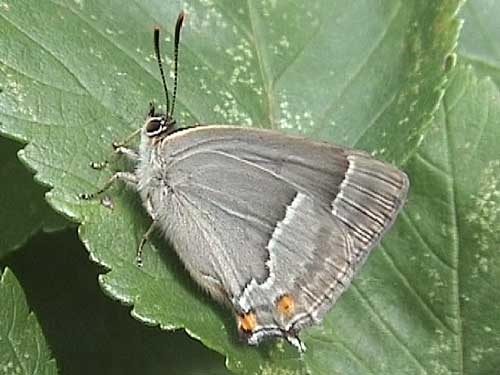
Huntingdonshire, UK, July 2000 (m)
The male has a strong white stripe on the hindwing, the stripe in the female is less conspicuous.
